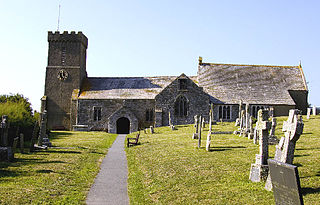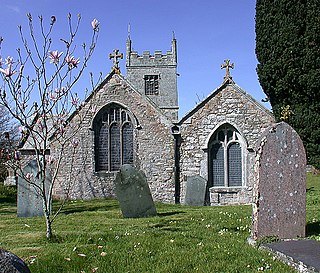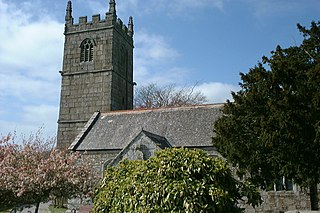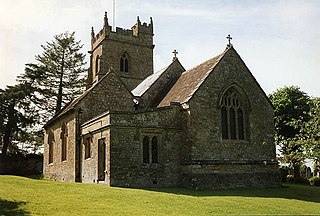The Church Building
The initial church likely underwent multiple replacements until around 1100 A.D., when a Norman church was constructed. Its layout has been traced from the current chancel step to about a yard from the belfry door, aligning precisely with the North and South walls, where the present nave arches stand. Remnants of Norman foundations can still be observed around the pillars, allowing us to envision the old church with small windows, possibly featuring transepts and a low arch leading to an apse.
Around the mid-12th century, a new church replaced the Norman one, featuring aisles terminating at the chancel. Little is known about the construction of this church, but it was first mentioned in 1283 as a chapelry to the collegiate church of Crantock. In the same year, Bishop Peter Quinel united the prebends to establish a vicarage. During the Reformation, the Crown grantee was obligated to provide curates for Crantock and St. Columb Minor. However, the stipend for the latter, fixed at £8, proved insufficient due to rising prices.
In 1417, the Bishop of Exeter noted the chancel's dilapidated state, compelling immediate reconstruction using stones that tell a distinctive architectural story. Around 1430, nave arcades were reconstructed, featuring original pillars of Beer stone and others crafted from Cornish granite. An intriguing question arises concerning a blocked Early English window near the tower, divergent from the rest of the structure.
Around 1470, the east walls of both transepts were dismantled, extending the aisles to match the chancel's length, with side walls punctuated by arcades.
The fifteenth century saw the construction of the Tower. Three altars existed, dedicated to St. Columba and the Blessed Virgin Mary, the Holy Trinity, and St. Michael. The 1886 restoration unveiled beer stone piscinas for these altars.
The screen, a masterpiece of art in 1595, was destroyed in 1795, with fragments visible in the North aisle. The church's seating, built in 1595, featured carved ends, destroyed in 1795, except for one preserved in the North aisle.
The Penventon stone Font, crafted circa 1450, emulates a Norman original. The Porch, with stone benches dating to around 1450, displays a carved 1669 date that was removed during the 1886 restoration.
The Tower, the second highest in Cornwall, stands at 115 feet and was visible across the extensive parish and far out to sea before recent Newquay Road construction.
The Royal Arms, unusually large and finely colored, date to Charles II.
Among the notable slate slabs in the church are memorials to Elizabeth Pollamounter, daughter of Richard Pollamounter, Gent, and Roger Ellery, Commonwealth-era registrar.
During a visit in 1878, the church was described as damp, with green mold on pillars and walls and widespread dry rot. The churchyard was deemed the most poorly maintained the visitor had ever seen.
Features of the church
The pulpit, a splendid piece of work, was given in 1935 by J. Knight, Esq, of Beachcroft in memory of his daughter. The original stone pulpit was given to Trencreek chapel. The chapel was demolished some time ago and the original pulpit has now been lost. [2]
An oak altar table has been given by Mrs Stephens and Dr Stephens in memory of Mr Alexander Stephens who was Churchwarden for many years. Let into the mensa is the Portable Altar, which dates from 1415 and is in perfect condition: there are very few other examples of such an altar. [2]
The clock was given in 1910 in memory of the Reverend A Langford. From the record of the installation of the church clock that it was dedicated by the Vicar on 4 November 1910, and started at exactly three o’clock, when we are told “The sweetness of the chimes was noted by all with delight”. On the face of the clock appear the arms of the Langford family. The appearance of the clock is described as being in accordance with the oldest known examples of such clocks, as seen at Hexham Abbey, and Kirkbampton and Castle Rushen in the Isle of Man. [2]
There is a peal of eight bells. [3]





















